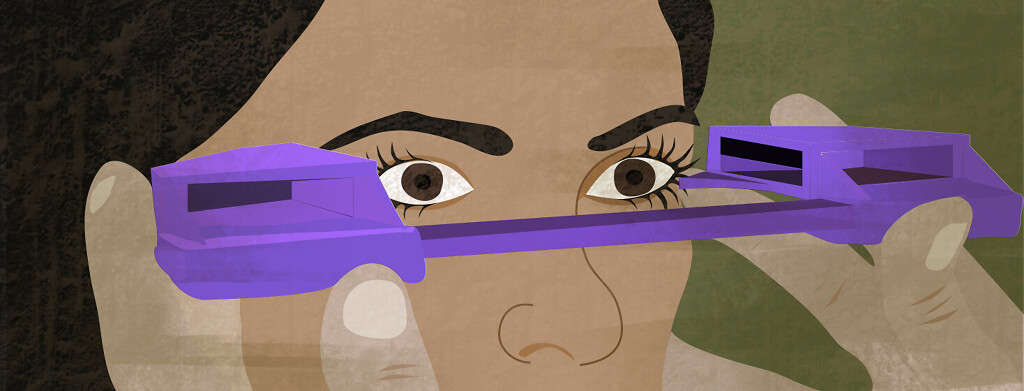Assessing the Severity of Thyroid Eye Disease
For people with thyroid eye disease (TED), assessing the severity during its active phase is key. This is because TED only responds to treatment when a person has active symptoms, not when symptoms are inactive.1
The earlier your treatment plan can begin, the better your quality of life will be. The most common way to assess the severity of TED is to use the Clinical Activity Score, also known as the CAS 7-point scale.2
What is the CAS 7-point scale?
The CAS 7-point scale is used to evaluate TED in order to determine how severe it is. During the initial visit with your doctor, they will use a set of specific TED symptoms to understand the severity of the disease.2,3
How is CAS used to assess the severity of TED?
One point will be given to each of the following symptoms:2,3
- Sudden pain in or around the eye without moving the eye
- Pain when moving the eye
- Swelling of the eyelids
- Redness of the eyelids
- Redness of the eyeball (conjunctival injection)
- Swelling of the eyeball (chemosis)
- Swelling of the inner corner of the eye
If you have 3 or more symptoms on the CAS 7-point scale, you are considered to have an active case of TED. The higher the number on the scale, the more severe your case may be.2
It is common to have multiple follow-up appointments where CAS is used. This helps your doctor assess whether your symptoms are getting better or worse. These follow-up visits will look at a slightly different set of criteria, such as:2
- Increased eye-bulging (proptosis)
- Decreased eye movement
- Worsening vision
This also allows treatment to be adapted and changed as needed moving forward.2
What is exophthalmometry?
Another common method in evaluating TED is to use exophthalmometry. This procedure looks at whether a person has proptosis, a condition when the eyes bulge and protrude out of the eye sockets.3
Proptosis is a very clear, visible sign of TED and is common among active and more severe cases. It is measured by an exophthalmometer (ek-sof-thul-mom-i-ter). This is a handheld tool that measures the distance from the outer edges of the eye socket to the uppermost point of the cornea.2,3
What other methods are used to assess severity in TED?
Along with CAS and exophthalmometry, there are other tools and systems that can be used to understand the severity of TED. Some of these include:2
- NOSPECS – This system divides a person’s TED into 6 classes, ranging from no symptoms to serious symptoms that require medicine or immediate surgery.
- VISA analysis – This stands for vision, inflammation, strabismus (crossed eyes), and appearance.
- The European Group of Graves' Orbitopathy (EUGOGO) – This system uses similar criteria as the rest and categorizes TED severity into 3 main groups: mild, moderate-to-severe, and sight-threatening.
Why is a TED diagnosis during its active stage so critical?
Research shows that TED is best managed when treatment is given during the active phase. Once TED becomes inactive – which varies for each person and can happen every couple of years or so – medicines and treatment methods will not work as efficiently.3
Again, assessing the current state of TED and its level of severity is crucial in the proper management of the disease. If you think you have TED or have worsening symptoms, speak with your doctor so together you can come up with a treatment plan that is right for you.3

Join the conversation